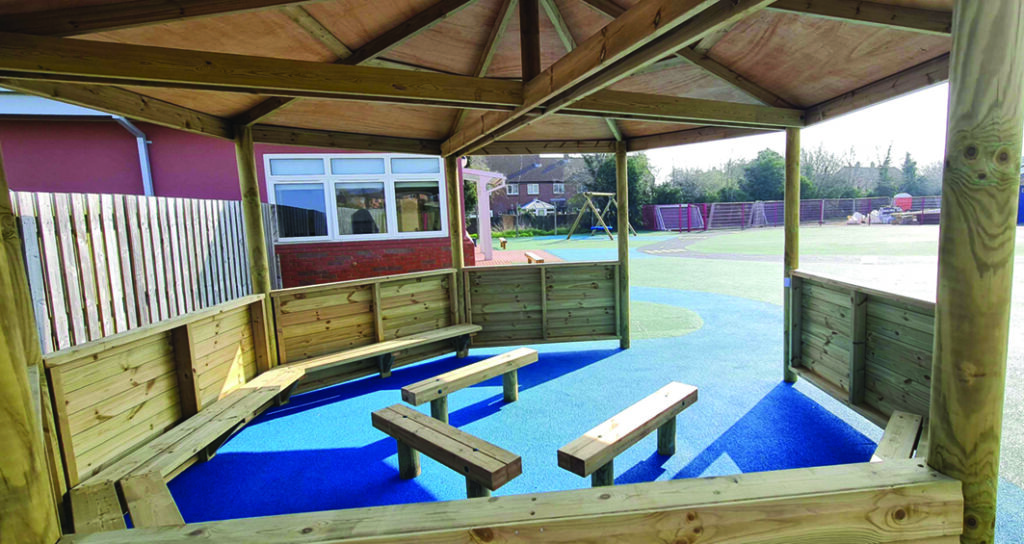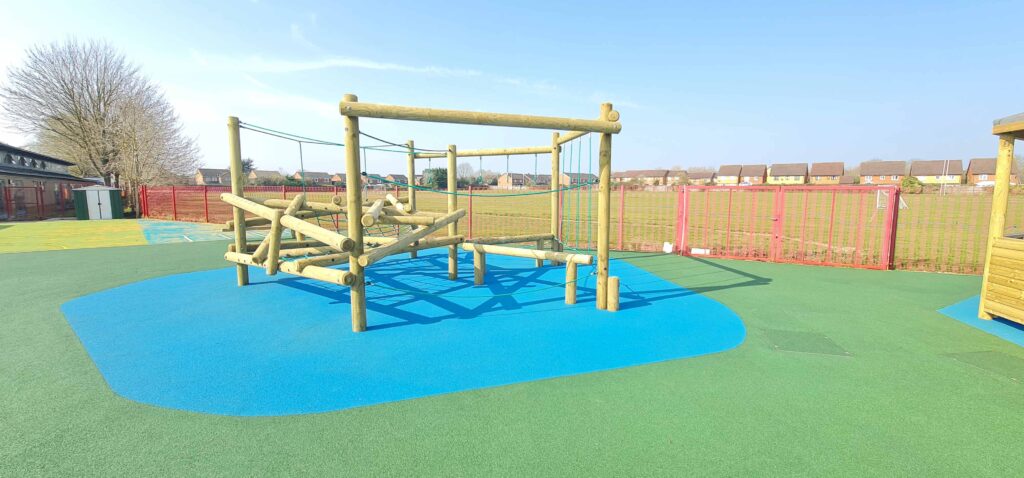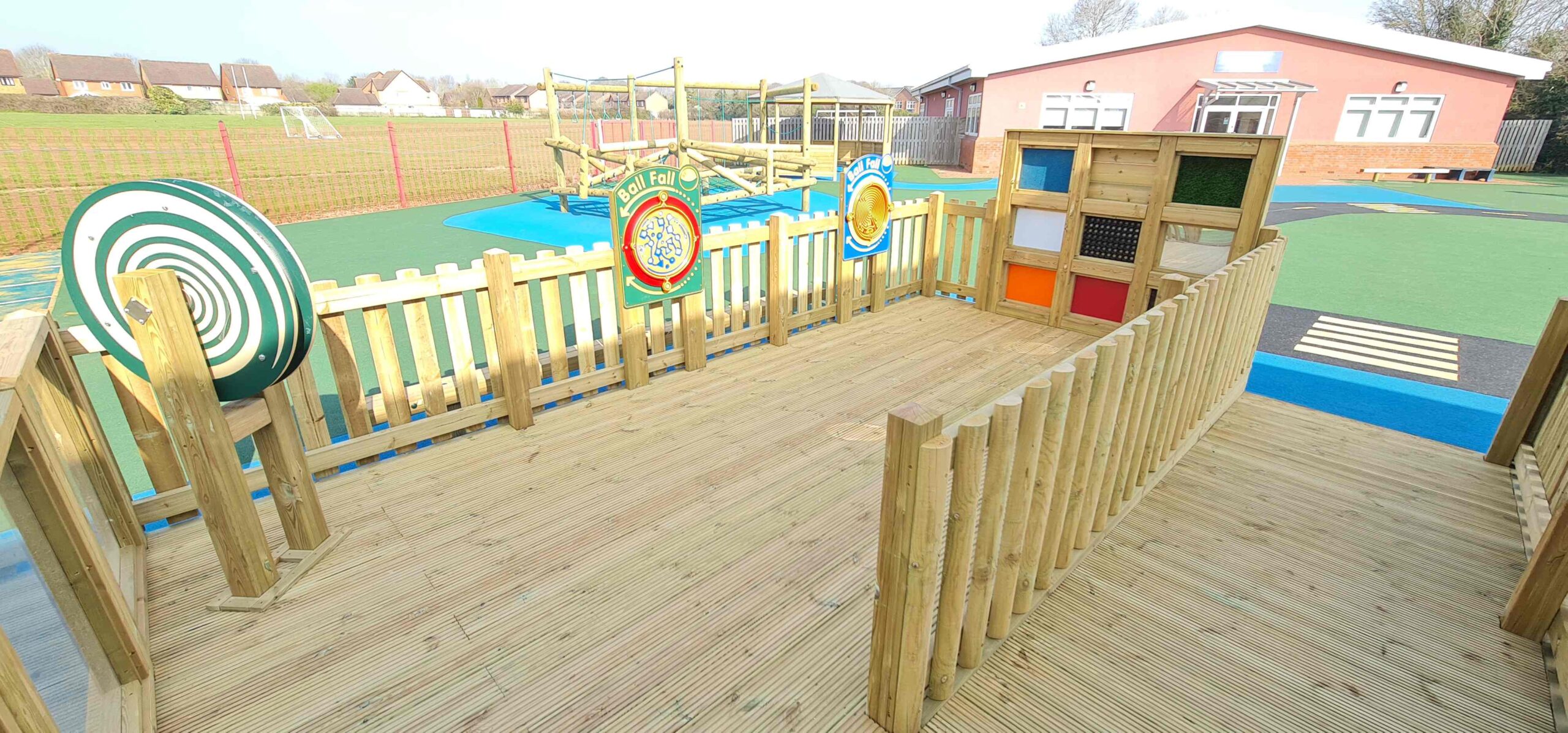Darran Hine on designing safe, stimulating and inclusive outdoor play areas.
When planning outdoor play areas for children with SEN, it’s essential to adopt a purpose-driven approach that aligns with the specific needs and objectives of the setting. As the abilities of young people with special needs can differ dramatically from child to child, it’s imperative to ensure equipment contains all the necessary features to assist children of varying abilities. From exploring and stimulating their senses, to interacting and participating in activities with their peers, equipment could include musical and activity play panels, sensory pathways, sand pits and water play.
SEN playground equipment should be intentionally designed to provide a setting with a wide variety of activities, allowing children of all abilities to play together. There are a few key traits to spotting equipment suitable for SEN settings:
- Accessibility: is paramount in creating inclusive outdoor play environments that accommodate children with mobility impairments and physical disabilities. The best equipment should be physically accessible from all angles, making it accessible for all.
- Diversity: Equipment should engage the senses, promote group play and help encourage role play and imaginative play. Every child should be able to enjoy the equipment.
- Intentionality: Equipment should be designed to be clear in its use, providing obvious signals with regards to safe areas and what to be mindful of when in use.

Sensory Play Equipment
Sensory play holds significant benefits for children with SEN, providing opportunities for sensory stimulation, exploration, and self-expression. Incorporating sensory elements into outdoor play environments, such as music panels, sensory pathways, and sensory planters, enhances the sensory experience and promotes engagement for children with diverse sensory preferences. According to research published in the Journal of Autism and Developmental Disorders, sensory play interventions have been shown to improve sensory processing abilities and reduce sensory-related challenges in children with autism spectrum disorder (ASD), highlighting the therapeutic value of sensory-rich outdoor play experiences.
Sensory play can be enjoyed by children of all ages and abilities and therefore, using sensory elements is one of the best ways to enhance a setting that is inclusive to all.

- Music and activity play panels with pieces that are easily manoeuvred provide perfect sensory experiences—noises, textures, smells, gross motor skill development, all on a much larger scale than one might achieve indoors.
- Sensory pathways made up of textured elements can encourage different sensations under foot, or the wheels of a wheelchair. Pathways can also benefit from living willow tunnels to provide another dimension, as well as natural shade.
- Sensory planters can encourage digging, planting and growing, while enhancing smells and exploration of a variety of materials, such as sand, shells or pebbles.
- Sand and water play encourages young people to explore the senses of touch and sight, imagine the opportunities for sand and water play. Being outside, this can be delivered on a small or large scale. Activities like this have no boundaries and require no skill, but provide a great method of learning outside the classroom.
- Outdoor play serves as a natural setting for fostering social interaction, peer relationships and communication skills. Inclusive play equipment, such as multi-user swings, collaborative play panels, and imaginative play structures, encourages cooperative play and social engagement, which help to build social skills, self-confidence and peer relationships.

Darran Hine
Darran Hine is Sales Director at Sovereign Play.
Website: sovereignplayequipment.co.uk












































